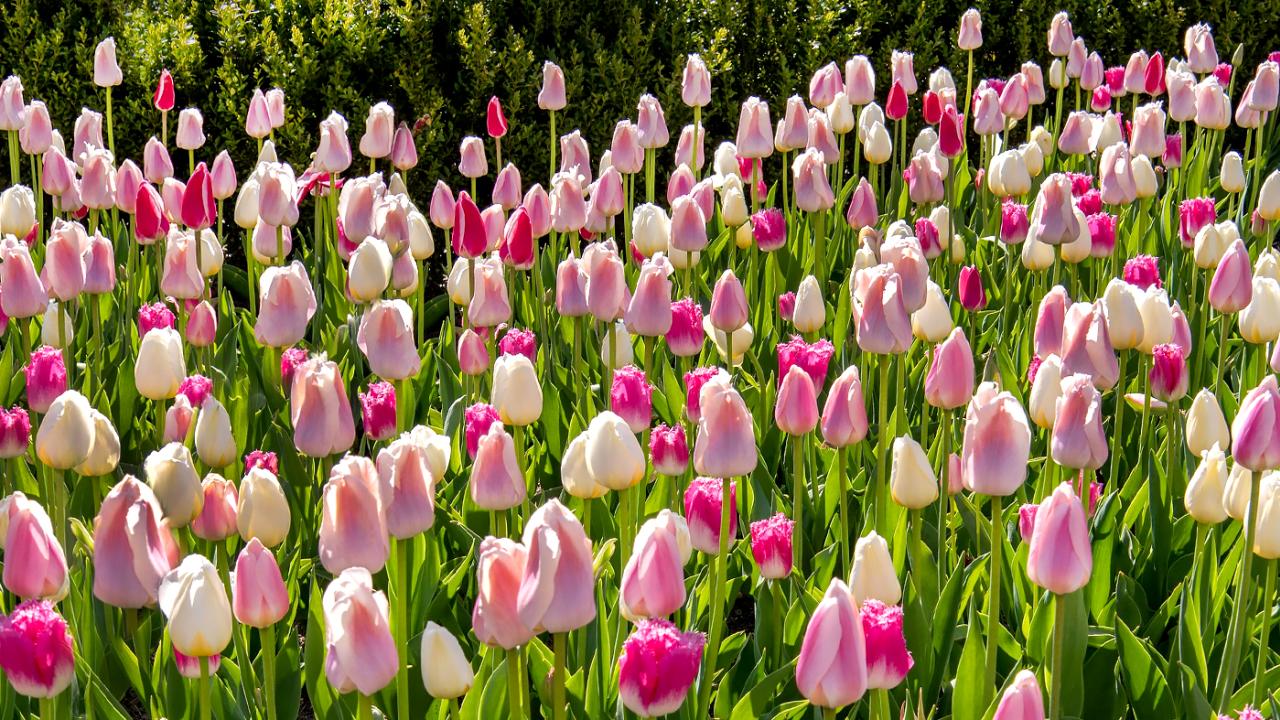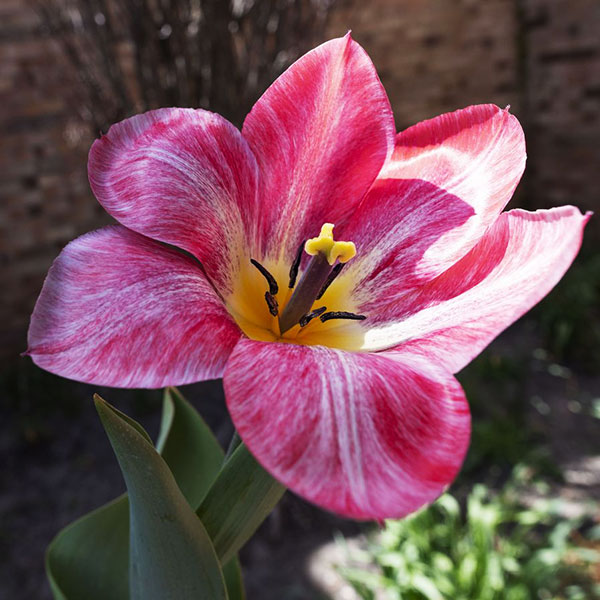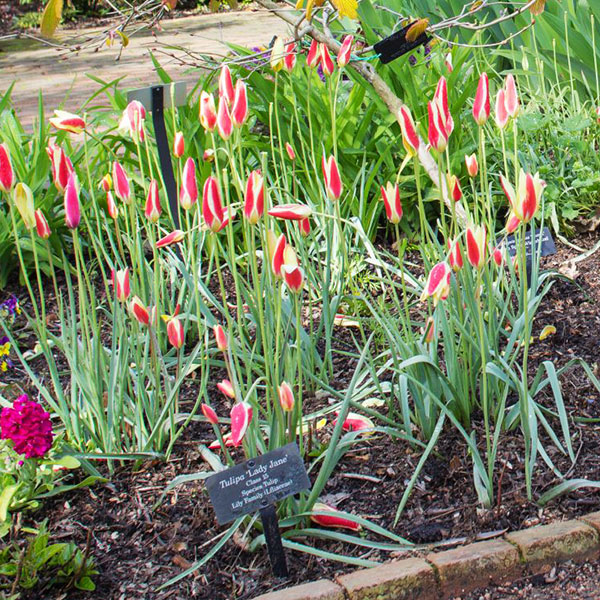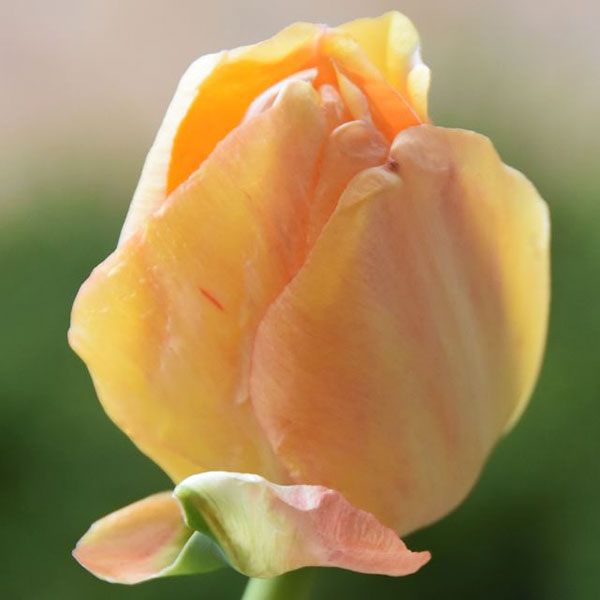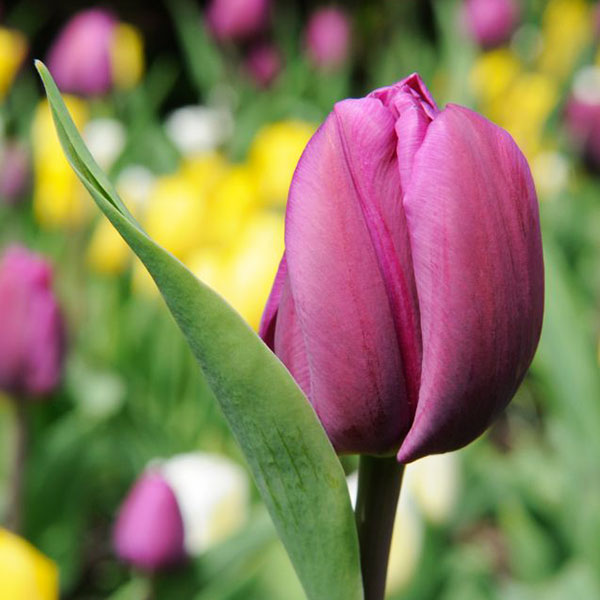

Tulips
Tulipa
Tulips are the stars of the garden in April and May, with their wide range of colors and sizes; they also are some of the most versatile of ornamental plants.
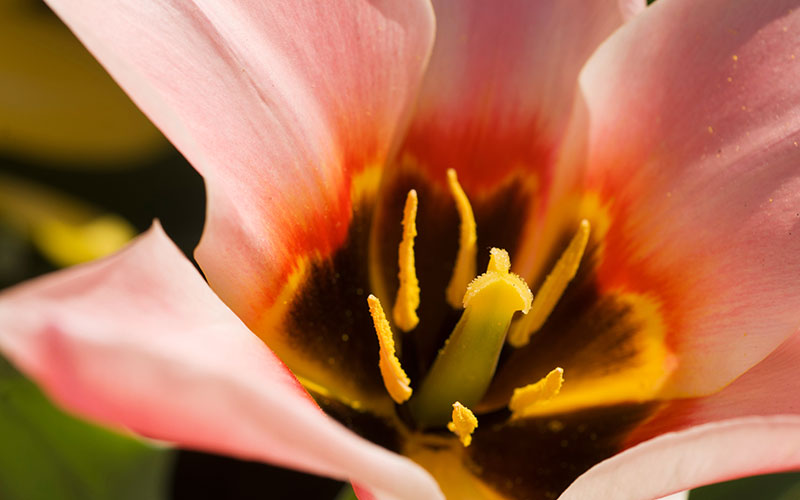
There are more than 100 different species of tulips growing in their native ranges of eastern Europe, western Asia, and China. Only a small percentage of them are nursery-propagated and available to gardeners. There is considerable variety in the color and shape of their foliage, often mottled or striped. Many species tulips produce several flowers per stem. Some are fragrant and starlike, while others are shaped in the classic bowl form. Most open fully only on sunny days, often revealing a brilliant, contrasting eye or different-colored anthers in their centers. Short in stature but sturdy enough to confront spring thunderstorms, species tulips are quick to multiply by underground stolons, by small bulblets, or by the prolific amount of seed they set. (Most of the modern hybrid tulips are sterile.)
Gardening with tulips
Tulips are great when used in perennial borders, city gardens, and containers. Since most varieties thrive for only a few years, gardeners should treat tulips as short-lived perennials. However, there are a number of varieties that perform exceptionally well year after year. Gardeners use tulips to provide spectacular color for the entire spring season by selecting varieties for early, mid-, and late spring.
Typical flowering times for the Chicago area:
Early Flowering
(Mid-April)
- Single early tulips
- Double early tulips
- Kaufmanniana
- Fosteriana tulips
- Greigii tulips
Late-season flowering
(Throughout May)
- Single late tulips
- Lily-flowering tulips
- Fringed tulips
- Viridiflora tulips
- Parrot tulips
- Double late tulips
Planting tips
Plant these little bulbs in late fall at three to four times the height of the bulb. Apply a top-dressing of slow-release fertilizer over the soil, water in well, and apply 2 to 3 inches of mulch. If rodents are a problem in your garden, avoid the mulch, since it can provide a nesting area. Instead, apply 1 to 2 inches of sharp gravel to the planting hole before adding the bulbs. And to protect against deer, cover the planting area with wire screening, which can be removed as the tulips start to grow in spring.
All tulips prefer full sun and exceptionally well-drained soil. Lighten heavy clay soils with compost or other organic matter. Tulips benefit from a ready supply of moisture during their spring growth but require an extended dry period during their summer dormancy. For this reason, they will grow more vigorously in garden areas that are not watered excessively during hot summers. Try planting them in expanses of ground cover, at the feet of spring-blooming shrubs, or intermingled with established perennials or other permanent plants in the mixed border. Neighboring plants shelter and support tulips in strong wind and also may conceal yellowing foliage after the tulips flower.
